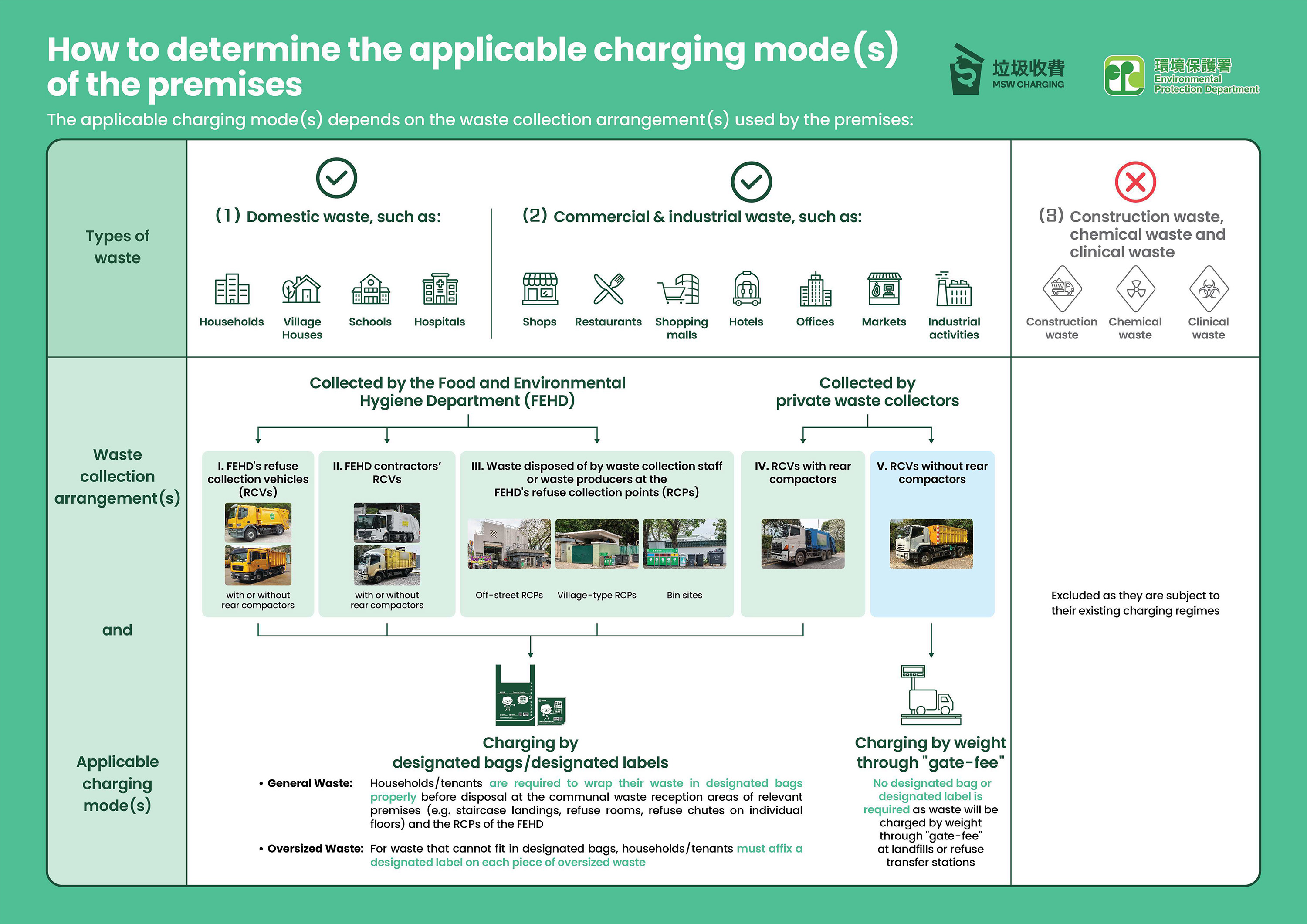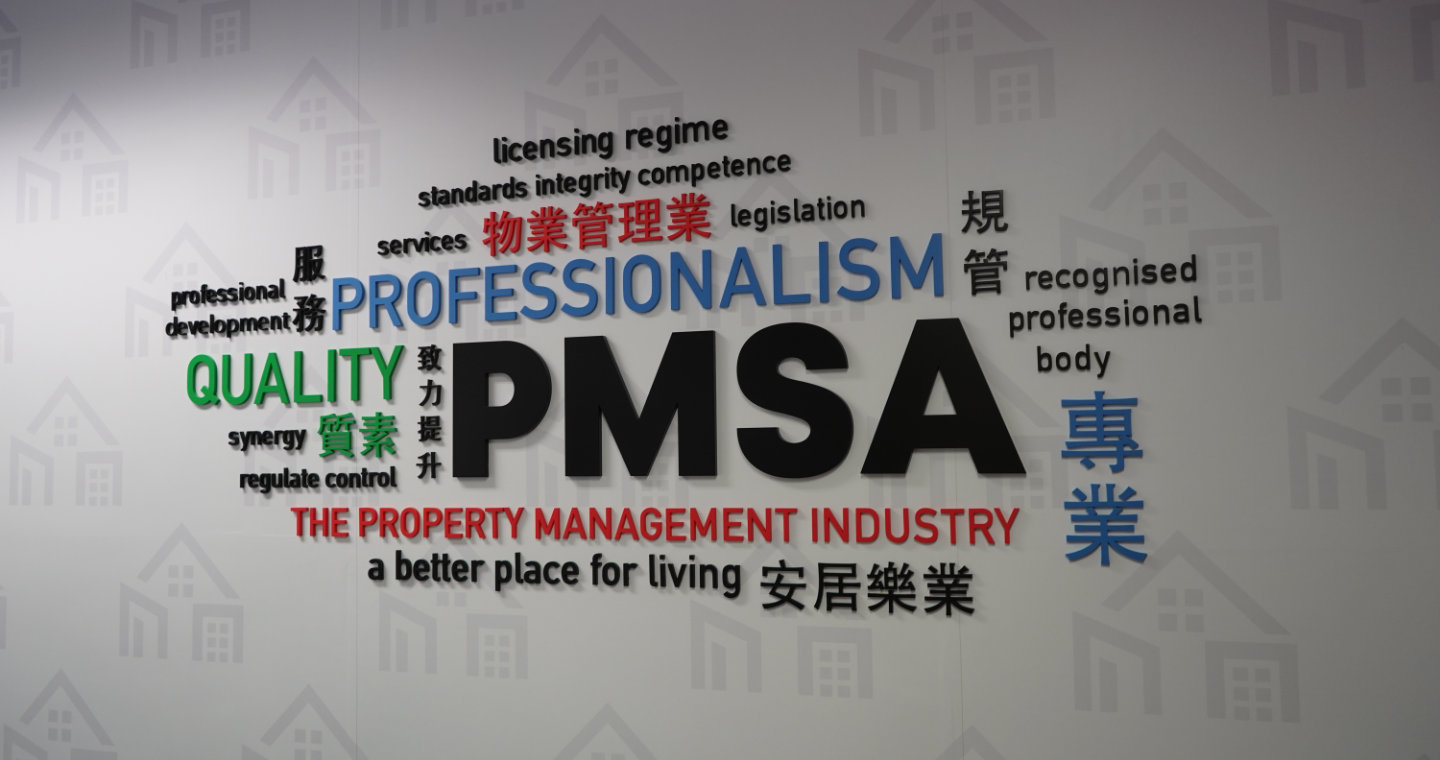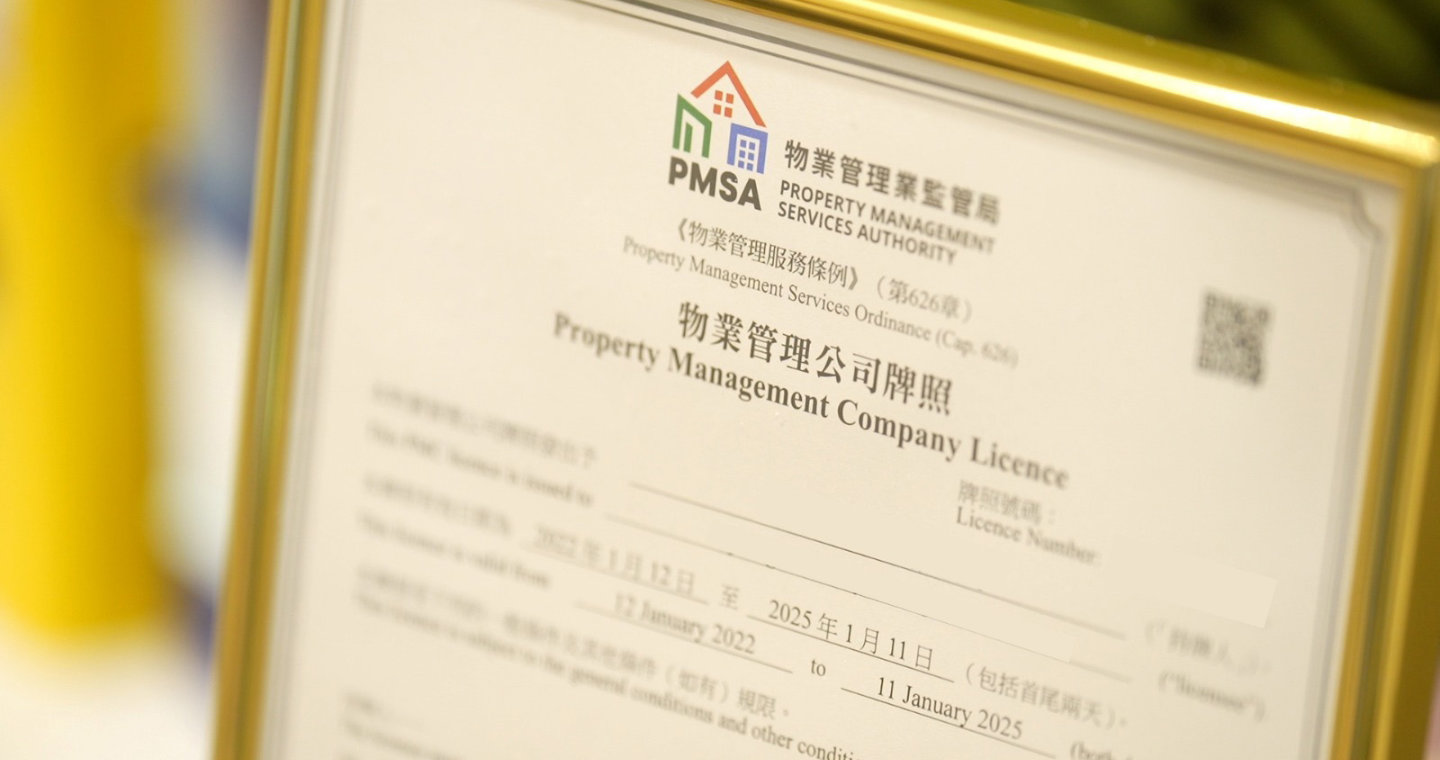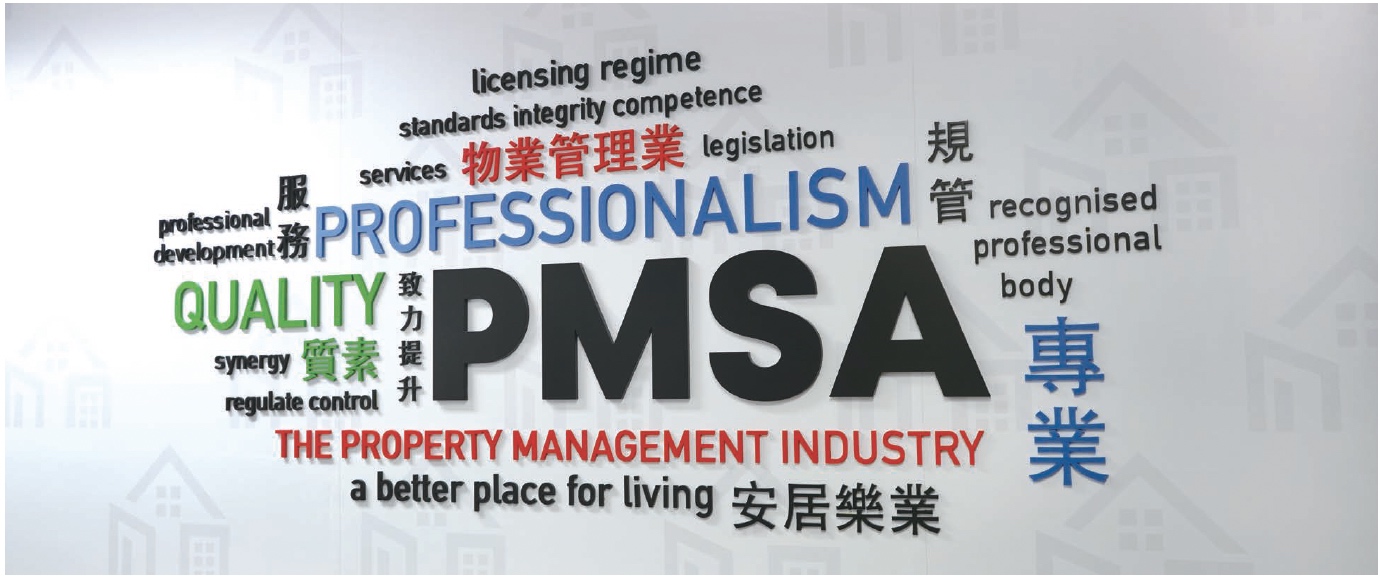
Applicable charging mode for the premises
Property management companies and Owners' Committees/Owners' organisations should determine the applicable charging mode(s) according to the existing waste collection arrangements in the premises, such as the type of refuse collection vehicles, or the use of refuse collection points / bin sites, and the disposal method(s) of oversized waste, etc.
Special circumstances that may be encountered when determining the applicable charging mode(s) for the premises are explained below.
-
Equipped with mobile refuse compactor(s) or stationary refuse compaction system(s) - Some premises (such as some public rental housing estates, shopping malls, industrial buildings, etc.) are equipped with refuse compactor(s) or stationary refuse compaction system(s) in the central refuse collection points to reduce the volume of waste before being removed.
-
More than one applicable MSW charging modes - There may be more than one applicable MSW charging modes depending on the existing waste collection modes of the premises. For example, some residential premises where general waste is collected by the Food and Environmental Hygiene Department will have their oversized waste collected through refuse collection vehicles without rear compactors of private waste collectors. In other words, general waste of these premises will be charged by designated bags, and oversized waste will be charged by weight-based "gate-fee" instead of by designated labels.
Regardless of the charging mode(s) adopted, property management companies should clearly inform the households in advance of the collection arrangements and charging mode(s) of all different types of waste in their premises, to avoid the households being at a loss when they dispose of the waste.
How to determine the applicable charging mode for the premises?




























